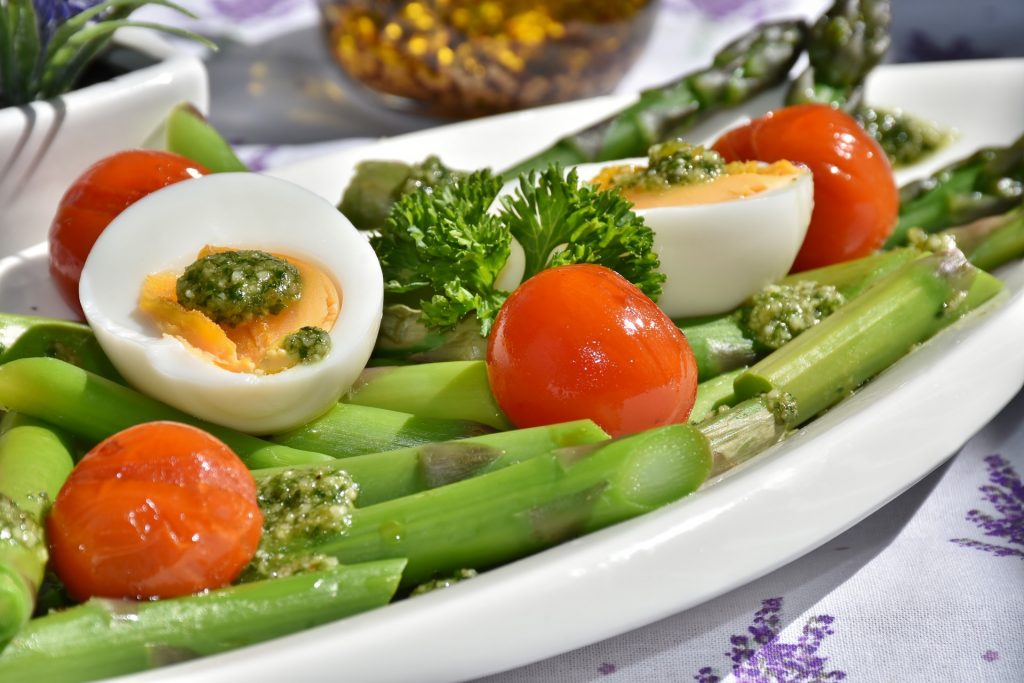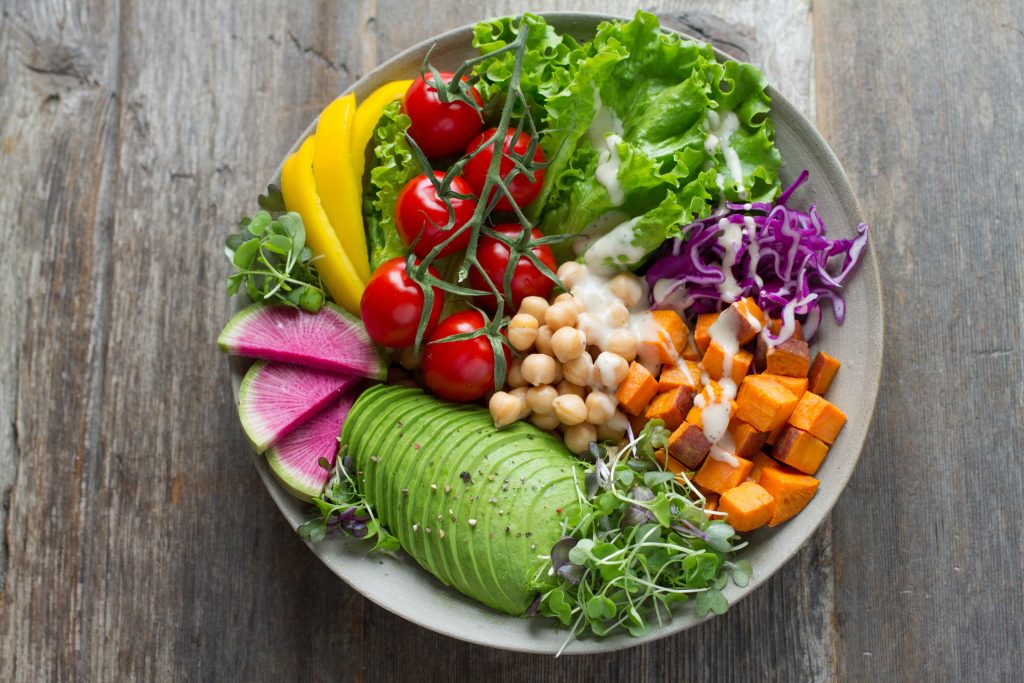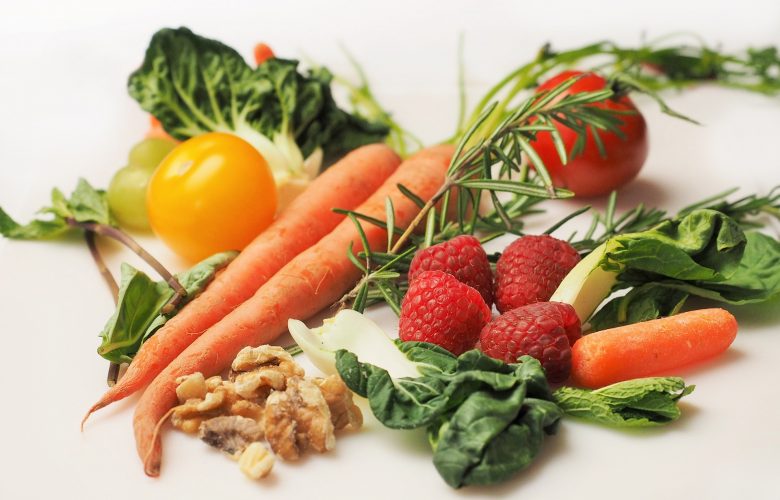When people hear the word ‘diet,’ their minds immediately go to the bad place, which includes starvation, restrictions, and punishment to lose weight. There will be no talk about torturing oneself today. There are many ways to shed a few pounds, be healthier and feel better about yourself that don’t include malnutrition or no eating whatsoever – you just have to choose the right type of diet for yourself. By diet, we mean a long-term nutrition plan which will allow your body to get all the nutrients and vitamins that it needs.
However, with so many options nowadays, it can be hard to keep up with every single diet out there. Plus, you have to keep your ethical views in mind as well as pay attention to your dietary restrictions, which you simply must obey. So, to make this whole ordeal a bit simpler for you, we created this quick guide that will help you better understand some of the diet options that you have and make the decision of choosing your fighter much easier. Take a look below.
The ketogenic diet

Ketogenic is a type of diet that involves the intake of almost no carbs and a lot of fats. The goal of keto is to get your body into the state of ketosis. Where the liver turns fat into ketone bodies. Which becomes the primary source of energy. This happens because there are no carbs that can be broken down into glucose, which usually fuels our bodies.
Therefore, seeing as how your goal is to cut out carbs as much as possible, you will have to stop eating pasta, bread, grains, and sweets. Moreover, even healthy foods like fruits, legumes, and vegetables, or at least most of them, are not allowed on the keto diet. Finally, alcohol will also ruin the ketosis process, so you can’t have that either.
What you can eat is lots of eggs, fatty fish, red meat and poultry. Also, add fat-forward foods such as butter, cheese, nuts, avocado, and oils to your menu. When it comes to veggies, you can only eat low-carb ones such as onions, tomatoes, and greens. Keeping all of this in mind, you are bound to become a great chef as you will have to plan your meals and count your calories carefully.
While the keto diet might be challenging to get used to, and you might feel fatigue, dizziness, and constipation in the beginning, many benefits come with the extended use of this approach. For instance, it can have a positive impact on BMI, cholesterol, and blood glucose levels as well as weight loss.
The Paleo diet
Something that keto and Paleo have in common is that they both involve eating whole foods. And not eating foods that have been processed and packaged. However, the difference is that Paleo is focused on eating as closely as possible as humans did during the Paleolithic era.
Seeing as how our pre-agricultural ancestors had no way of processing food, it’s no wonder that these foods are not allowed. Furthermore, all grains, including bread, pasta, crackers, rice, and so on, legumes, vegetable seed oils as well as refined sugar, are all off the menu. Finally, dairy is also outlawed, but some followers still eat Greek yogurt and grass-fed butter.
Paleo allows unprocessed meat from grass-fed and pasture-raised animals and wild-caught seafood. Moreover, fresh fruits and veggies, nuts, seeds, and eggs are all okay. As well as olive and avocado oils and small amounts of maple syrup and raw honey. When planning your meals, you should try to make your plate three-quarters veggies and one-quarter meat. Many people find this diet too meat-heavy. Some of the meals you can make in no time include sweet and sour pork chops, seafood gumbo, and ginger carrot soup.
Even though the theory behind Paleo might not be entirely accurate, this diet still has positive effects on those who use it. Various studies have found that it helps with cardiovascular health and glucose intolerance, and it can reduce inflammation. Plus, this diet is also gluten-free, so it also benefits those with celiac disease.
The vegan diet

Next up, veganism. People most often decide to go vegan due to environmental reasons and their ethical beliefs. In addition to their diet, they also lead a lifestyle free of all forms of animal products.
According to the vegan diet, one cannot consume or use in any way products that include animal exploitation and cruelty. That consists of all types of meat (beef, pork, lamb, veal, etc.), poultry, fish and seafood, eggs, dairy of any kind, and bee products such as honey and bee pollen. Then, there are many additives and food ingredients that are also derived from animals, such as gelatin, omega-3 fatty acids, and natural flavorings. You also might find ingredients not suited for vegans in other foods, like bread, potato chips, and Worcestershire sauce – so read the label carefully.
This list might seem overwhelming. You should know that one can still have a sustainable and satiating diet even without the previously listed items. What you should turn to is fruits, vegetables, whole grains, and other sources of protein such as seeds and legumes. Nowadays, there are excellent sources of plant-based protein. You just need to find them and consume them regularly. Even if you don’t have time to research specific ingredients and the ways how you can replace them, there are services you can turn to for healthy meals. For instance, many home delivery services offer nutritious meals such as the Mexican superfood bowl, which is sure to meet all your needs. However, what is important when on the vegan diet is to pay attention to the nutrients you’re getting. It’s not uncommon to have a vitamin D and B12 deficiency, as well as a lack of iron and calcium. So, eat plenty of dark leafy greens, get enough sunshine, and don’t hesitate to take supplements if you need them.
The Mediterranean diet
As its name suggests, this diet is inspired by the people of Greece and Southern Italy. It focused on eating seasonally as well as enjoying this time with your family.
Like keto and Paleo, you avoid processed foods that are made with refined grains and oils and added sugar. Your red meat intake is limited to a couple of times a month. You should also replace butter and canola oil with olive oil.
Seeing as how there are not that many things that are not allowed, this diet is quite varied. Everything from fresh fruit, veggies, and whole grains is permitted. Chicken and fish are obligatory – just don’t forget the spices. Dairy such as yogurt and cheese is okay, as are eggs. Of course, we cannot forget about pasta. However, small portions are vital. Even if you’re a beginner, you will not have a problem following this diet. There are many easy recipes to get you going.
This diet has everything you need. It’s no wonder that it has plenty of health benefits. It is good for lowering the risk of heart disease and protecting your brain as you get older. The only downside that you might encounter is the lack of seasonally available foods unless you live in the Mediterranean.
In addition to these four, there are many other diets one could opt for, from pescetarianism and the macrobiotic diet to the Ayurvedic diet. What’s crucial is that you find the diet that works for you, and that makes you healthy. You can always try one kind and change it to another if it does not suit you.
